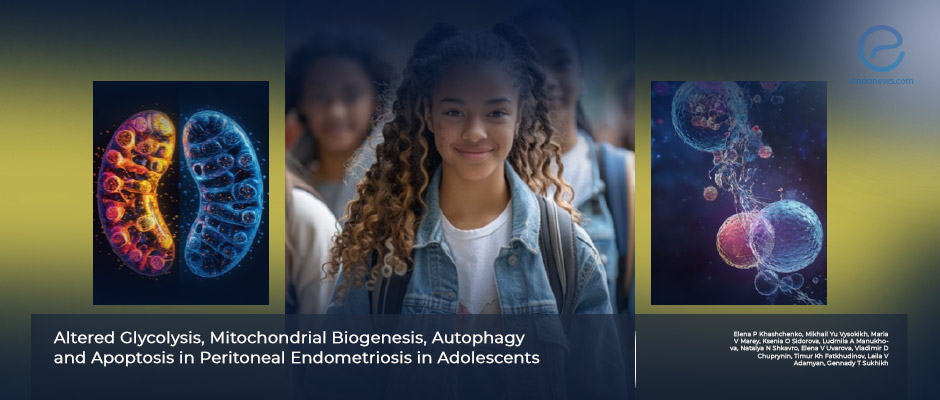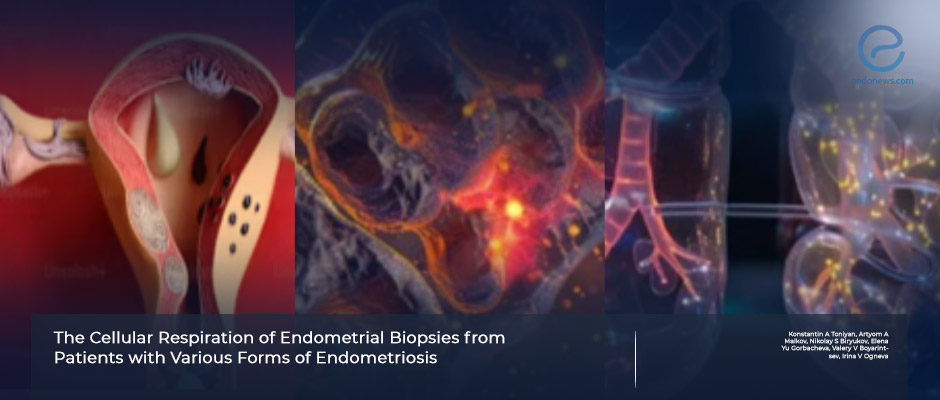Metabolic and Cellular Changes in Adolescent Peritoneal Endometriosis
In a study published in the International Journal of Molecular Sciences, Khashchenko et al. explored the association of cellular and exosomal markers of glycolysis, mitochondrial biogenesis, apoptosis, autophagy, and estrogen signaling in peritoneal endometriosis among adolescents to understand early disease-related metabolic reprogramming. This case–control…
Key Points Lay SummaryMitochondrial Respiratory Chain in Endometriosis of Various Locations
In a study published in the International Journal of Molecular Sciences, Ogneva et al. investigated the final stage of energy production in cellular metabolism—specifically, the rate of oxygen absorption during oxidative phosphorylation—in endometrial biopsies from patients without endometriosis and those…
Key Points Lay SummaryA nonhormonal treatment of endometriosis: Dichloroacetate
In women with endometriosis, peritoneal mesothelial cells show higher glycolysis, lower mitochondrial respiration, decreased enzymatic activity of pyruvate dehydrogenase and increased production of lactate compared to women without the disease. Transforming growth factorβ1 and lactate are elevated in the peritoneal…
Key Points Lay Summary


 By Irem Onur
By Irem Onur